What could possibly be said about Steve Jobs? He is one of the most well-known CEOs in the States and around the world, is the man behind of some of today’s most desired technology products, and has revolutionized an entire industry. Amazing, right? But do you know the entire story?
It’s easy to get caught up in all of his latest and greatest achievements. Sure, Jobs has managed to accomplish many things in the past, but there were the good times and the bad. So let’s take a stroll down memory lane to recall some of Jobs’ most memorable moments in history.
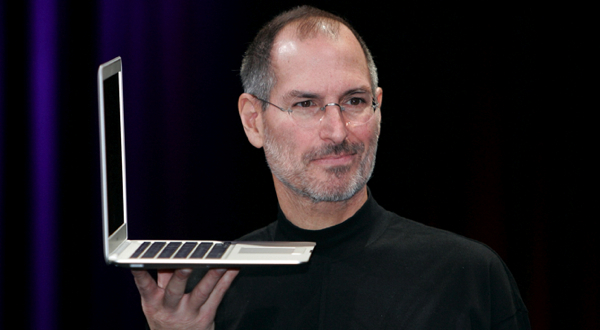
1974 — Worked for Atari
Steve Jobs dropped out of Reed College in Portland, Oregon after one semester. The college life wasn’t for him. Instead, he moved to California and took a job as a technician at Atari. He took the job primarily as a way to save up money to travel to India for a spiritual retreat. He did take this trip, and he returned as a Buddhist and a changed man. He credits this trip to offering him many life-altering experiences.
Still, Jobs returned to Atari and was tasked with creating a circuit board for a game everybody knows and loves: Breakout. He was offered money to reduce the amount of chips that the game required. Unfortunately, Jobs didn’t know that much about chip design. But he knew someone that was: Steve Wozniak. They both worked to reduce the amount of chips, and they did an even better job with the chip reduction that Atari couldn’t handle the decreased size. Yet they didn’t get paid all the money they were promised for the job.
1976 — Co-founded Apple
After the Atari experience, Steve Jobs, Steve Wozniak, and Ronald Wayne co-founded Apple in 1976. Jobs managed to persuade Wozniak to create computers to sell to the masses. Ronald Wayne quickly exited the company, which turned out to be a great mistake. But they trudged on, putting in an effort to eventually create the first Macintosh computer. They had no idea how big this company would become.
The company had to hire on extra talent to manage the business side of things. Mike Scott and then John Sculley were brought on to be the CEO to help manage the growth. But things only became more difficult.
1985 — Fired and Founded NeXT
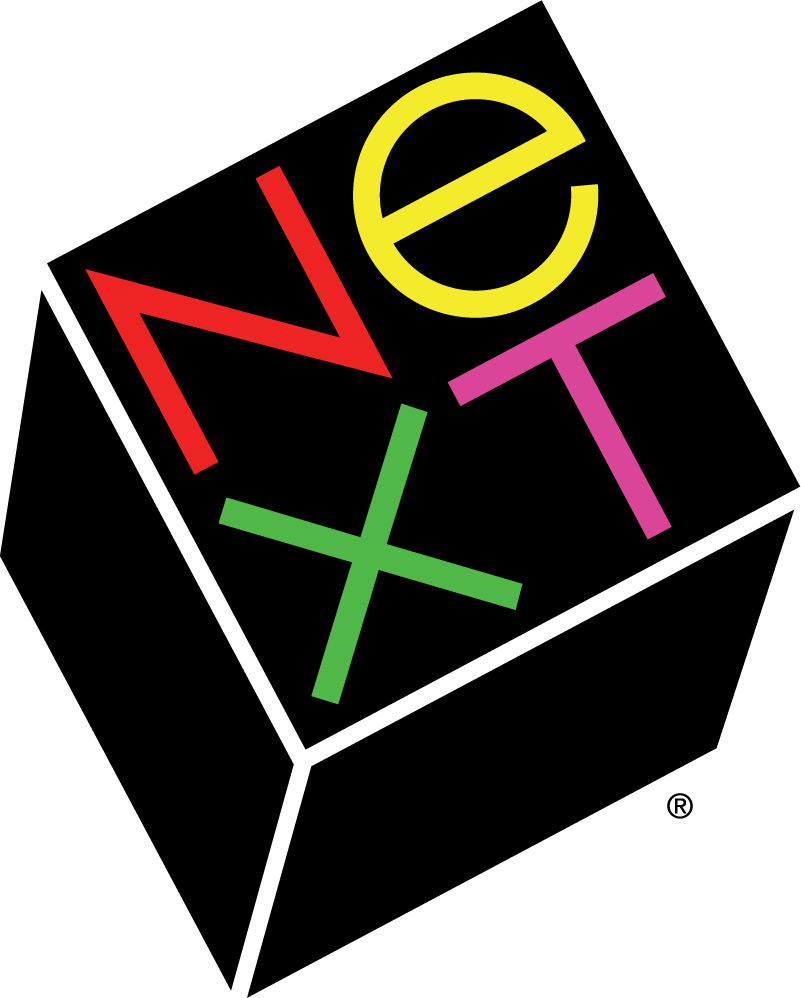
Those rough times at Apple proved costly. The situation reached its peak after sales slowed towards the end of 1984. John Sculley, then Apple CEO, thought that Jobs was displaying erratic and temperamental tendencies, and the two didn’t get along. So, in 1985, after much internal chaos, Sculley eventually fired Steve Jobs.
Soon after being let go from Apple, Jobs set out to create a new company. He called it NeXT, and during this time, the company created NeXTSTEP, a new operating system, which would eventually play a huge role in Apple’s future.
1986 — Acquired The Graphics Group (Pixar)
Jobs started paying close attention to The Graphics Group (eventually named Pixar), which created high-end computers. He purchased the company in 1986. But the company struggled, and eventually the hardware division was sold off. The animation division, headed by John Lasseter at the time, was profitable, however. Pixar went from creating small-time animated commercials to completing a $26 million deal with Walt Disney Feature Animation to produce three computer-animated films, the first of which was Toy Story.
1996 — Rejoined Apple
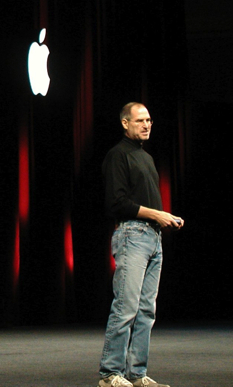
With the future of NeXTSTEP looking brighter by the day, Gil Amelio, Apple’s CEO at the time, acquired the company in December 1996. Apple became reacquainted with its former co-founder Steve Jobs in the process. It didn’t take long before Jobs was named interim CEO of the company in 1997, and he eventually named himself full-time CEO in 2000; the man who helped found the company more than two decades ago was, again, at the helm.
2000 — Unveiled Mac OS X
When Apple acquired NeXT, they also acquired the company’s primary project NeXTSTEP, which served as the primary inspiration for Mac OS X. The company spent the next few years refining Mac OS X and building in its beautiful interface on the base that NeXTSTEP provided. The efforts of building this revolutionary operating system finally came to its climax in 2000, when Jobs unleashed the Mac OS X Public Beta into the world, and 2001, when Mac OS X went on sale. Mac OS X would serve as the primary operating system for all Mac computers over the next decade.
2001-2003 — Announced iPod & iTunes
“1,000 songs in your pocket.” That was the line that sold millions of Americans on a music player that would change the music industry. In 2001, Apple unleashed the original iPod after a year’s work. Every year brings a new and improved iPod. Its appeal was in its user interface and hardware design, which included efforts by design engineer Jonathan Ive. Every iteration of the iPod lineup has improved upon the design, although the inclusion of the iPod Touch has seen the iPod become more like the iPhone with time.
Two years later, Jobs revealed iTunes. This product would serve to change the music industry’s ways of thinking about distributing music. The iTunes marketplace encouraged the labels to move to digital sales, and it has probably helped (if not saved) the industry in more ways than it would like to admit. This was the beginnings of an ecosystem of content that would expand into audiobooks, e-books, applications, movies, and more.
2007-2008 — Unleashed the iPhone and App Store
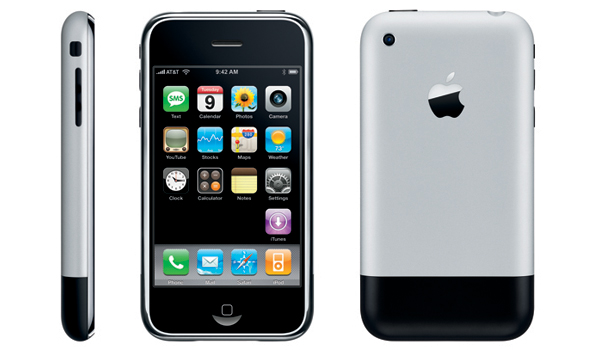
Following the dominant success that the iPod and iTunes had experienced, it was long rumored that Apple would try something drastic: a smart phone. Eventually, it came to be, and Jobs announced the iPhone in 2007. You know the rest — the product was a huge success, with lines filling the streets of Apple stores nationwide. It could be considered Apple’s most significant product yet.
Only a year later, Jobs changed the game again by announcing the creation of an App Store, which was integrated with iTunes. This would turn out to change the mobile industry by empowering third-party developers to develop for Apple’s popular iPhone and iPod Touch devices. It turned out to be a great success, and it spurred a number of competitors to try to replicate Apple’s success, with many failing to do so.
2009 — Recovered from Health Issues
Much speculation over Jobs’ health took precedence over the years. He had already recovered from cancer several years earlier, but his condition again seemed to be deteriorating, as was noticed from his public appearance. Stock prices fluctuated, Apple conferences became stagnated, and industry excitement subsided. Jobs told his fellow employees that his health issues was nothing more than a hormone imbalance, but he later stated that it was more serious than was initially thought. Jobs took a six-month leave of absence from the company, and Tim Cook became the acting CEO of Apple.
It was later discovered that Jobs had undergone a liver transplant at Methodist University Hospital Transplant Institute in April 2009. However, the prognosis of his condition after was deemed “excellent.” As a result, Jobs returned to lead his company, which was met by much relief to the entire tech industry and Apple’s loyal fans.
2010 — Revolutionized with the iPad
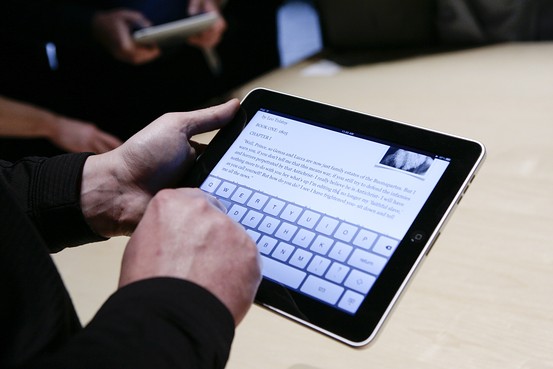
With the success of the iPhone, iPod Touch, iTunes, and App Store, it made sense for Jobs to expand upon the success of this healthy ecosystem. Instead of refocusing the company’s efforts on its desktop and laptop lineup, Jobs decided to revisit an area of computing that was previously disastrous for Apple and the entire industry in the past. That industry was tablet computing. But if anyone was going to make tablet computing work, Jobs and Apple were going to be the bunch that would make it happen. With over 3.3 million sales in the first quarter of availability alone (and projections of over 4.5 million sales in future quarters), it’s safe to say that Jobs succeeded.
